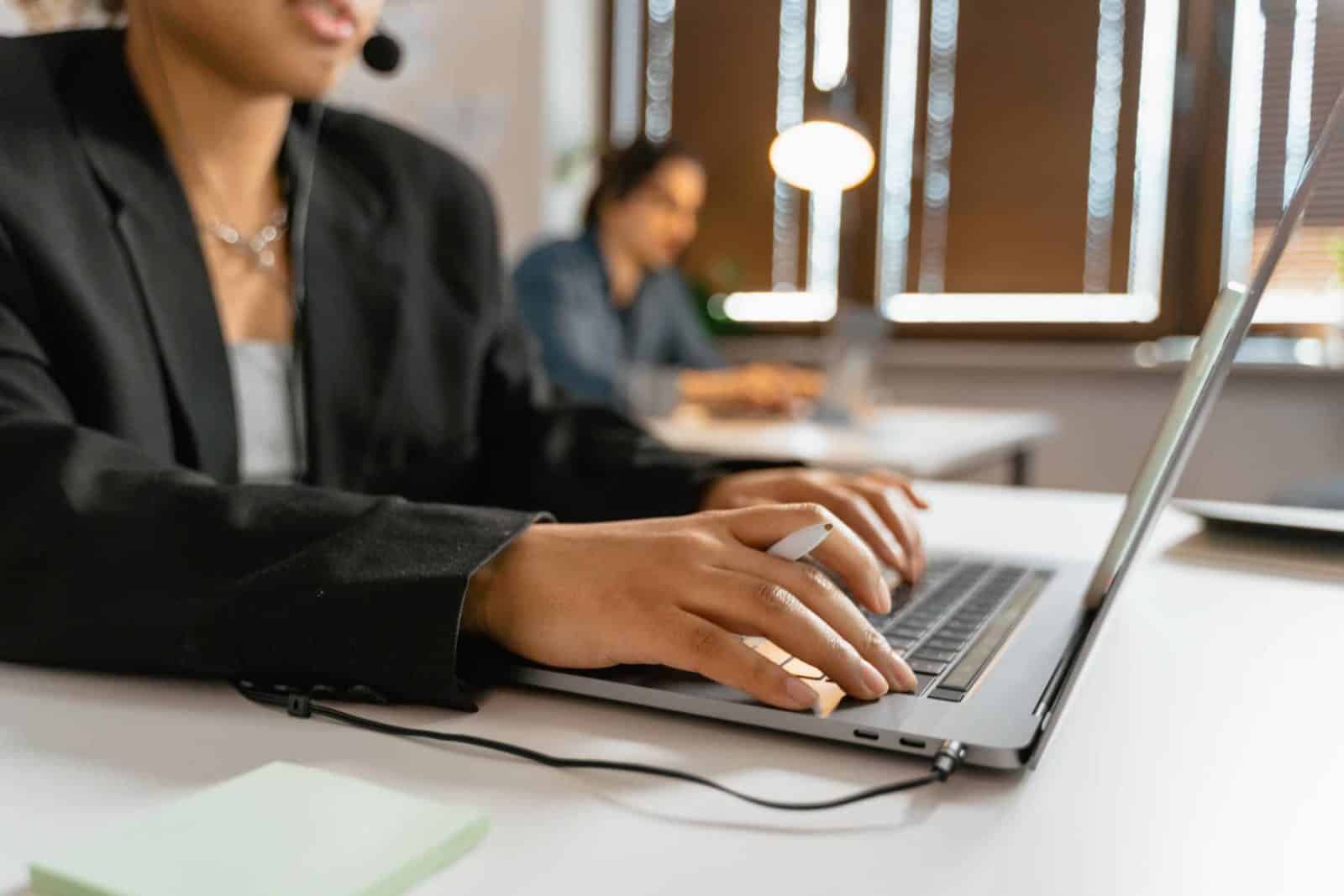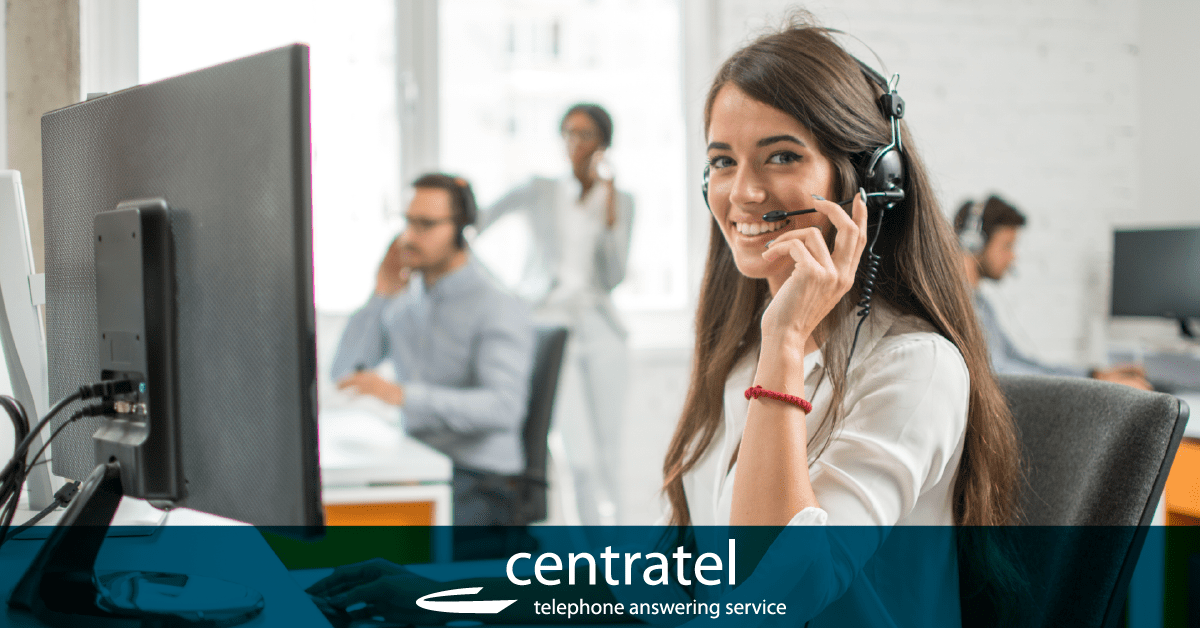All Categories
Featured
Table of Contents
Top 24/7 Phone Answering - Au-based Operators - Alltel Australia
This gadget and its followers were developed by Sava Jacobson, an electrical engineer with a personal consulting organization. While early voice mail used magnetic tape innovation, the majority of contemporary equipment utilizes strong state memory storage; some devices use a combination of both, with a solid-state circuit for the outbound message and a cassette for the incoming messages.
"toll saving" listed below) (business call answering service). This works if the owner is screening calls and does not want to talk with all callers. In any case after going, the calling party needs to be notified about the call having actually been addressed (for the most part this starts the charging), either by some remark of the operator, or by some welcoming message of the little, or addressed to non-human callers (e.
This holds particularly for the Little bits with digitally saved greeting messages or for earlier devices (before the increase of microcassettes) with a special unlimited loop tape, different from a second cassette, committed to recording. There have been answer-only gadgets without any recording abilities, where the welcoming message had to inform callers of a state of existing unattainability, or e (business call answering service).
What Is The Best Telephone Answering Service Melbourne Cbd Australia For Your Money

about schedule hours. In recording TADs the greeting usually consists of an invitation to leave a message "after the beep". A voice mail that uses a microcassette to tape-record messages On a dual-cassette answerphone, there is an outgoing cassette, which after the defined number of rings plays a pre-recorded message to the caller.

Single-cassette answering machines consist of the outgoing message at the beginning of the tape and inbound messages on the staying area. They initially play the announcement, then fast-forward to the next offered space for recording, then tape-record the caller's message. If there are numerous previous messages, fast-forwarding through them can trigger a substantial delay.
This beep is often referred to in the greeting message, requesting that the caller leave a message "after the beep". TADs with digital storage for the tape-recorded messages do not show this hold-up, naturally. A little bit might provide a push-button control center, whereby the answerphone owner can sound the house number and, by getting in a code on the remote telephone's keypad, can listen to recorded messages, or erase them, even when far from home.
What Is The Best What Is The Difference Between An Answering Service And ... On The Market Right Now

Thus the device increases the variety of rings after which it addresses the call (normally by two, leading to four rings), if no unread messages are presently stored, however responses after the set variety of rings (generally 2) if there are unread messages. This allows the owner to learn whether there are messages waiting; if there are none, the owner can hang up the phone on the, e.
Some machines likewise allow themselves to be from another location triggered, if they have actually been turned off, by calling and letting the phone ring a particular a great deal of times (normally 10-15). Some service providers abandon calls already after a smaller variety of rings, making remote activation difficult. In the early days of TADs a special transmitter for DTMF tones (dual-tone multi-frequency signalling) was regionally needed for push-button control, considering that the formerly used pulse dialling is not apt to communicate suitable signalling along an active connection, and the dual-tone multi-frequency signalling was carried out step-by-step.
Any inbound call is not identifiable with respect to these homes in advance of going "off hook" by the terminal equipment. So after going off hook the calls need to be switched to suitable devices and only the voice-type is immediately accessible to a human, however perhaps, nevertheless need to be routed to a LITTLE BIT (e.
What Is The Best How To Start An Answering Service Business Right Now
What if I told you that you do not need to in fact choose up your gadget when responding to a customer call? Somebody else will. So hassle-free, right? Responding to phone calls doesn't require somebody to be on the other end of the line. Effective automated phone systems can do the trick just as efficiently as a live agent and sometimes even better.
An automatic answering service or interactive voice action system is a phone system that interacts with callers without a live individual on the line - virtual call answering service. When companies utilize this technology, consumers can get the response to a concern about your company simply by utilizing interactions established on a pre-programmed call flow.
Although live operators upgrade the customer care experience, lots of calls do not need human interaction. A simple taped message or instructions on how a consumer can recover a piece of information typically solves a caller's instant need - phone answering. Automated answering services are an easy and effective way to direct inbound calls to the right individual.
What Is The Best Live Call Answering - Virtual Reception
Notification that when you call a business, either for assistance or item query, the very first thing you will hear is a pre-recorded voice welcoming and a series of options like press 1 for client service, press 2 for questions, and so on. The pre-recorded options branch off to other choices depending on the customer's selection.
The phone tree system helps direct callers to the best person or department using the keypad on a cellphone. In some circumstances, callers can utilize their voices. It deserves keeping in mind that auto-attendant options aren't limited to the ten numbers on a phone's keypad. As soon as the caller has selected their first alternative, you can develop a multi-level auto-attendant that utilizes sub-menus to direct the caller to the best sort of support.
The caller does not have to communicate with a person if the auto-attendant phone system can handle their issue. The automated service can route callers to a staff member if they reach a "dead end" and need support from a live representative. It is expensive to work with an operator or executive assistant.
Best Answering Services You Can Buy
Automated answering services, on the other hand, are considerably less costly and supply significant expense savings at an average of $200-$420/month. Even if you do not have actually committed personnel to deal with call routing and management, an automatic answering service improves productivity by allowing your team to focus on their strengths so they can more effectively spend their time on the phone.
A sales lead routed to customer support is a lost shot. If a client who has product questions reaches the wrong department or receives incomplete answers from well-meaning staff members who are less trained to manage a specific type of question, it can be a reason for aggravation and frustration. An automated answering system can lessen the variety of misrouted calls, thereby assisting your staff members make much better use of their phone time while freeing up time in their calendar for other jobs.
With Automated Answering Systems, you can develop a customized experience for both your staff and your callers. Make a recording of your main welcoming, and just upgrade it regularly to show what is going on in your organization. You can create as numerous departments or menu alternatives as you want.
Latest Posts
Dental Answering Service ( Sydney 2067)
Tailored Live Receptionist Service Near Me – Coolangatta
Best Answering Service Pricing Near Me – Docklands